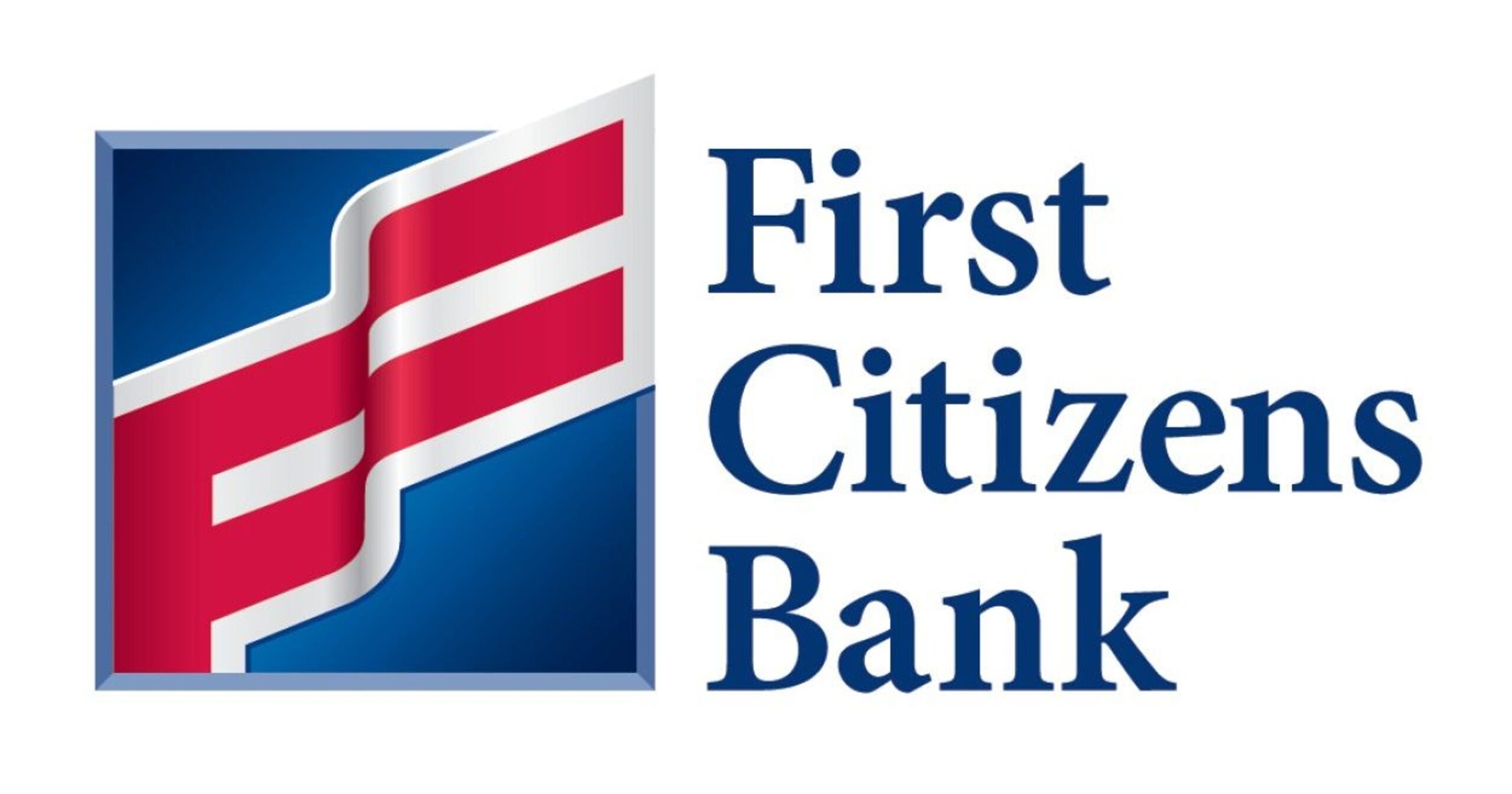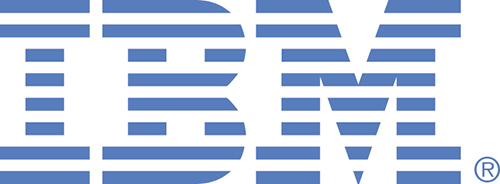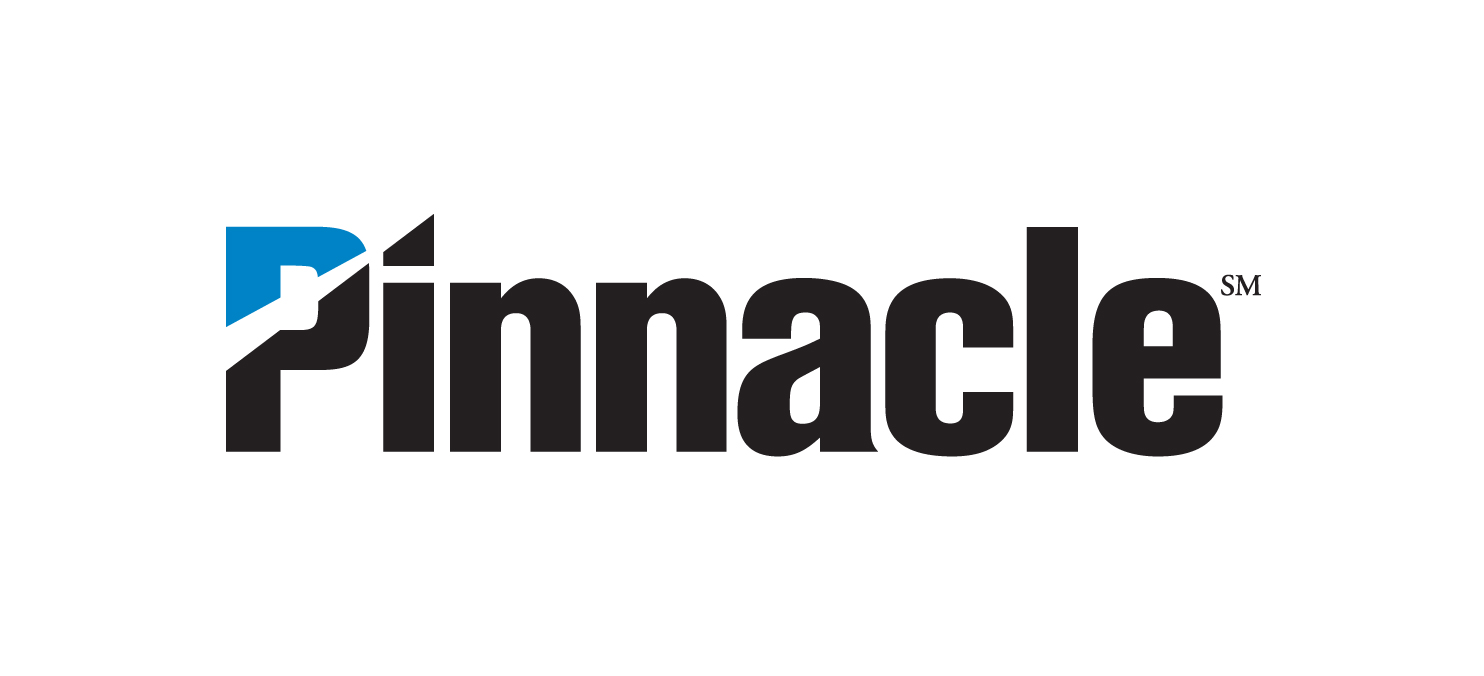The initial FAST network study was coordinated by the regional business community and funded by a 50:50 private:public partnership via the Regional Transportation Alliance business coalition, with NCDOT, GoTriangle, and the NC Turnpike Authority.
The FAST study 1.0 effort was completed in February 2021. The study was designed to inspire, inform, and advance ideas for creating multimodal freeways and streets that can provide rapid, frequent, and reliable transit service across the Triangle — complementing upcoming investments in bus rapid transit and commuter rail, while directly serving RDU Airport and Research Triangle Park.
Consulting firm VHB led the FAST study with team members Stantec and Catalyst Design.
As a follow-up to the study, NCDOT updated the state roadway design manual and clarified its complete streets policy to incorporate “FAST” principles that integrate transit advantage investments into roadway projects. You can learn more on the NCDOT FAST vision webpage.
See the resources to the right for the final report documents and below for FAQs about the study.
Quotes from our partners
“The Department believes this FAST approach could serve as a template for many areas across the state to advance regional transit — we greatly appreciate RTA for initiating the study effort.”
– Julie White, Deputy Secretary for Multimodal Transportation, NCDOT
“We look forward to using this study as a cooperative approach for building transit solutions that will better the community, strengthen our transportation network and maintain the region’s reputation as a great place to live and work.”
– Charles Lattuca, president and CEO, GoTriangle
“The NC Turnpike Authority Board and executive leadership believe there is strong alignment between the Freeway And Street-based Transit (FAST) vision and our goals at the NC Turnpike Authority to provide reliable multimodal mobility.”
“We are confident that the emerging 540/147 turnpike system in the Triangle can serve as primary FAST network linkages that provide enhanced transit connectivity regionwide, and we are committed to the partnerships to make that vision a reality.”
– J.J. Eden, executive director, North Carolina Turnpike Authority
“The FAST study is a road map for delivering the transit priority improvements our community is calling for, in a matter of months rather than years. We are excited to move the FAST team findings and recommendations forward to implementation for the Durham Freeway corridor as well as other corridors such as Fayetteville and Holloway.”
– Sean C. Egan, Director of Transportation, City of Durham Department of Transportation
“As the City of Raleigh implements four Bus Rapid Transit corridors this decade, the additions of strategic “FAST” improvements like those described in this study would complement BRT and extend the network of enhanced transit in Raleigh and across the Triangle, and further the City’s objectives of improving equity.”
– Michael Moore, Transportation Director, City of Raleigh
“We believe that the accelerated deployment of enhanced transit service using the FAST network approach will advance economic opportunity, equitable prosperity, fiscal responsibility, and environmental sustainability.”
– Jay Irby, First Citizens Bank; Regional Transit Chair, RTA
FAST 2.0 study links
FAST transit study 2.0 – summary
– revised February 2024
(prior) FAST 1.0 study - resources
FAST Network Concept for North Carolina’s Research Triangle Region and Triangle FAST Implementation Playbook
– final report – Feb. 23, 2021
Statewide FAST Network Implementation Playbook
– final report – Feb. 23, 2021
FAST study overview presentation
– delivered Nov. 5, 2020
Press
WRAL TechWire – July 16, 2020
Triangle Business Journal – July 16, 2020
FAST press release (pdf) – July 16, 2020
FAQs: FAST concept
FAST is a scalable approach for quickly integrating “transit advantage” infrastructure along the roadway system to support enhanced transit service. The “FAST” approach prioritizes transit efficiency and reliability while improving mobility for all users.
A Freeway And Street-based Transit (FAST) corridor incorporates one or more “transit advantages,” which are purposeful, scalable infrastructure investments to keep transit moving, including transit priority lanes and shoulders, such as the growing Bus On Shoulder System (BOSS) in the Triangle, as well as direct access ramps, transit signal priority and queue jumps at intersections, and near-level boarding at transit stops and stations.
Bus Rapid Transit (BRT) is a highly visible, concentrated corridor investment with extensive transit advantage infrastructure, served by one or more frequent transit routes. Communities can augment BRT with complementary land use policies to focus development. The Triangle area will activate more than 25 miles of BRT this decade, and other areas are exploring BRT.
A Freeway And Street-based Transit (FAST) corridor can effectively provide a low-cost regional extension of and complement to bus rapid transit by enhancing non-BRT roadway segments with varying degrees of transit advantage infrastructure. An example FAST network concept in the Triangle envisions an interconnected regional transit network along 10 area roadways that links to the 5 BRT corridors and future commuter rail.
A regional FAST network is a series of interconnected FAST corridors with transit advantage infrastructure that can deliver rapid, frequent, and easy-to-use bus service. A FAST network leverages and improves the roadway system to connect and optimize current and future transit investments, including bus rapid transit and passenger rail, along with complementary services including vanpools and micro-transit.
Creating a regional FAST network accelerates new connections and expands overall transit network benefits, optimizing the user experience.
Regional FAST networks will enable metropolitan areas to quickly create or expand an enhanced, interconnected regional transit system. Doing so will provide improved mobility options to more people, which increases equity and helps optimize a community’s investment in public transit.
The FAST approach prioritizes scalability and cost-effectiveness, with a focus on maximizing network benefits to rapidly provide higher quality transit to as many people as possible, as quickly as possible.
FAQs: FAST study and implementation
The 2020 regional FAST network study was designed to inspire, inform, and advance new ideas for improving mobility by providing an example framework for institutionalizing transit accommodations.
The study objectives were to develop and illustrate an example regional FAST network, create a guidance framework for quickly implementing transit advantages for communities in North Carolina, and help institutionalize transit priority measures in the statewide planning and development process.
The proposed corridors in the example FAST network for the Research Triangle region were identified through a robust technical process that reviewed existing roadway footprints and proposed enhancements, transit, land use, population, employment, travel, and other considerations that highlight potential demand for enhanced transit. The corridors were also reviewed for the potential to accelerate new connections and expand overall network benefits across the regional roadway system.
In the Triangle region, transportation partners can incorporate proposed FAST investment concepts into developing transit plans and corridor studies, and pursue the integration of FAST infrastructure into statewide-funded projects in the Strategic Transportation Improvement Program (STIP).
All regions of the state can utilize the FAST approach to help instill a transit focus in the design and construction of roadway projects, incorporate transit elements into traffic operations including improved route interlining capabilities, and identify opportunities to enhance and connect regional transit.
NCDOT is committed to making North Carolina’s roadways work better for public transit and supports the creation of FAST networks in metropolitan areas across the state. NCDOT is revising the state Roadway Design Manual to include transit advantage elements, and is pursuing changes in the Complete Streets policy to include transit options.

























